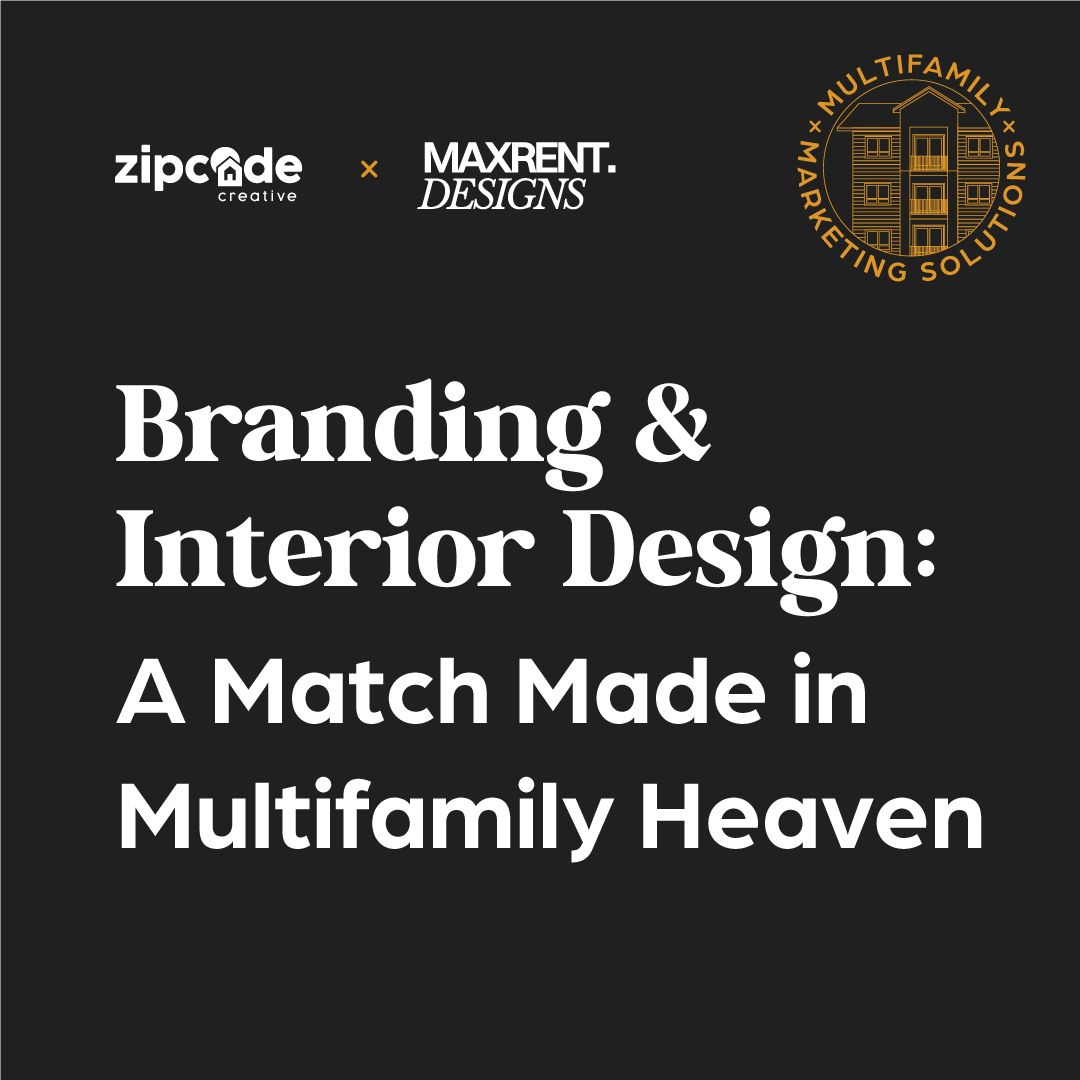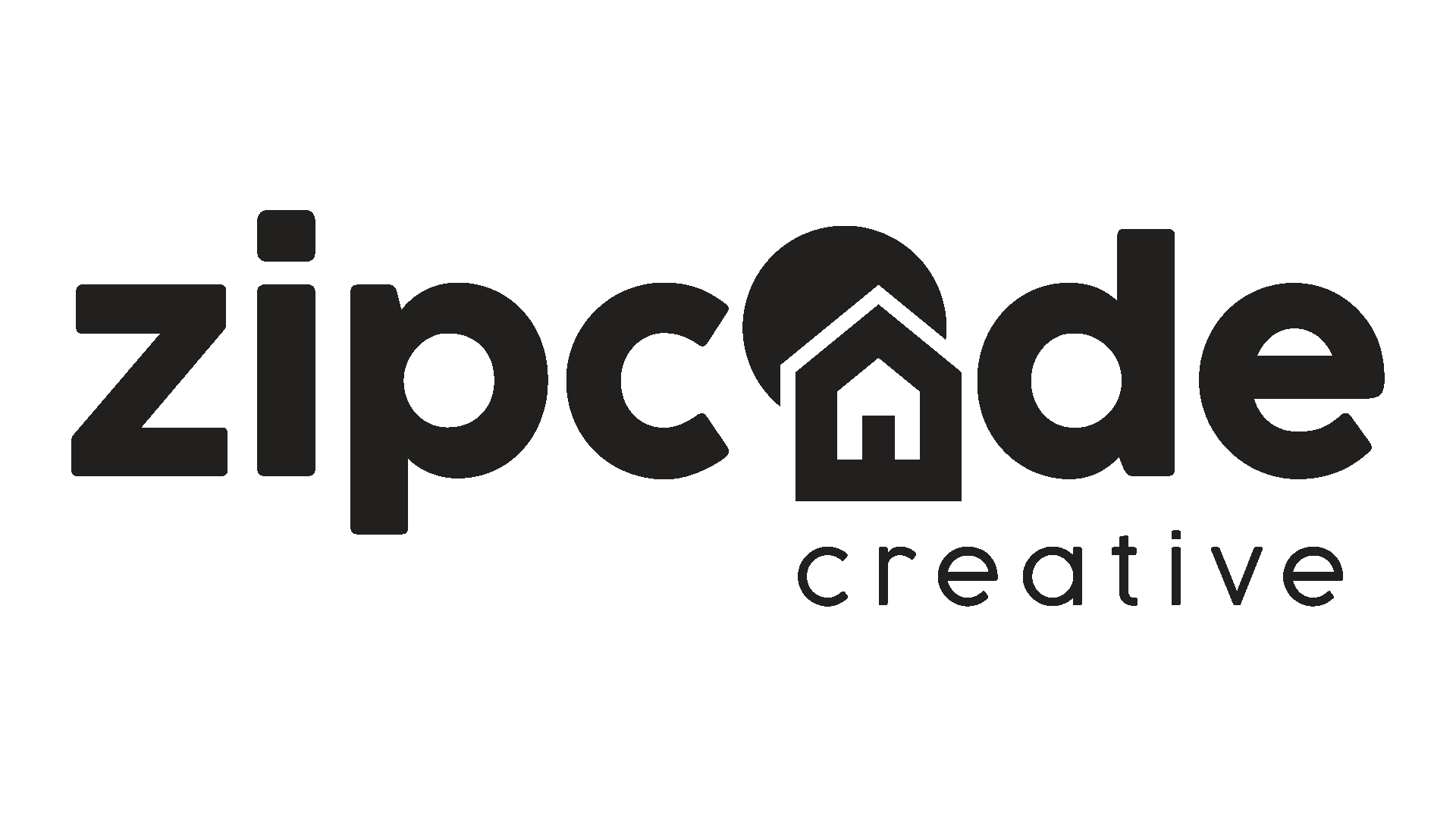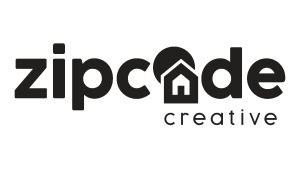
Branding & Interior Design: A Match Made in Multifamily Heaven
Stacey Feeney
Multifamily Branding & Interior Design: Crafting Resident Experiences That Convert
A harmonious marriage between brand identity and interior design is non-negotiable for successful multifamily branding. It’s more than aesthetics; it’s about creating an immersive experience that resonates with the target resident and elevates the property’s desirability. In the spirit of that collaboration, we teamed up with MaxRent Designs on this post, who kindly shared some thoughts with us.
It’s important to remember that residences are more than just four walls and a roof; they are lifestyle made tangible. Brand development should always consider interior design to create spaces that truly embody the brand promise.
Architect vs. Brand: Who’s On First?
Answer: We’ve seen it both ways.
In the first, the architect takes the lead. Builders are often eager to start with architectural plans and engage interior designers early. While this approach offers a strong foundation, creative agency partners must have access to these plans from the outset to ensure brand alignment.
In the second, brand development precedes interior design. In this case, we strongly suggest providing comprehensive brand guidelines to the interior designers. This way, design decisions are grounded in the brand’s core values, target audience, and desired positioning.
Data-Driven Design
In a perfect world, architectural and interior design decisions should be strategic– based on market research that pinpoints the ideal resident profile for the community. This data-driven approach ensures that the property resonates with the target audience and maximizes its appeal. Additionally, branding and interior design can strategically draw from the building’s location (history, themes, vibe, etc.) to seamlessly fit into the neighborhood or set it apart.
Color Psychology: Creating Mood & Brand Identity
Color is essential to establishing a space’s mood and atmosphere. It’s more than just selecting paint colors; it’s how the chosen palette will evoke the desired brand personality. Do the colors exude warmth and sophistication, or are they more vibrant and energetic? How do they interact with natural light? A well-curated palette can significantly impact the resident experience, creating a space that feels inviting and aligned with the brand’s aesthetic—it just feels right.
But don’t just take our word for it. In a recent conversation with the designers at MaxRent Design, they shared their perspectives on crafting effective color palettes. They emphasize an approach that balances brand identity and resident comfort. Their interiors often begin with a foundation of earthy tones like sand, tans, whites, and beiges, then introduce brand colors as subtle accents. For instance, instead of overwhelming interior spaces with a brand’s signature red, they might strategically use it in exterior signage or door paint.
Another tip? Align the overall color scheme with the brand’s vibe, using lighter finishes and fixtures for brighter brands and darker elements for more sophisticated or dramatic ones. The ultimate goal is “to create the right mix of colors that resonates the most with the prospects and residents in each sub-market. We want them to feel proud of where they live, which translates to higher retention, lower turnover costs, and a happier community.”
Beyond Trends to Resident Resonance
It’s an absolute that interior design needs to resonate with the target residents. For instance, a young, professional demographic might be drawn to a modern, minimalist aesthetic, while families may prefer a more classic and timeless look. Does the interior design draw inspiration from a particular era, like midcentury modern, or does it evoke a specific vibe, like a coastal retreat? The style should not follow fleeting trends but contribute to the brand narrative and create an enduring appeal.
Remember, a strategic balance exists between location-specific design moments and enduring design principles. While tailoring designs to each location/submarket is strategic, prioritize core elements that resist fleeting trends. Focus on timeless color palettes like whites, blacks, and grays, which have proven their lasting appeal.
This long view extends to fixture selections; trendy or visually unappealing hardware can undermine a perfect color scheme. It’s essential to align fixture choices with the overall brand narrative. For instance, a sophisticated look might feature delicate pulls and glass fronts. At the same time, a classic design would incorporate robust pulls and shaker-style cabinets, potentially with an accent color to create visual interest. Ultimately, letting the brand dictate the direction ensures a cohesive and enduring design that maximizes long-term value.
Elevating Multifamily Spaces: Material Choices & Quality
Material choices play a significant role in creating a premium or budget-friendly aesthetic. High-quality materials, such as quartz, granite, or high-end laminate countertops, elevate the perceived value and generate a sense of luxury. Similarly, upgraded fixtures and elevated features, such as stylish backsplashes and kitchen islands with pendant lighting, enhance the overall appeal and create a more sophisticated feeling. In brand development, it’s crucial to accurately reflect the class and price point of the property to set appropriate resident expectations and deliver on the brand promise.
It’s also imperative to align materials with the submarket’s target demographic and financial realities. Investing in high-end finishes like quartz countertops and designer fixtures in a market that cannot support the associated rental increases is financially unsound. It’s best to be realistic about ROI, as most owners want at least 20%—balance aesthetic appeal with cost-effectiveness. Consider strategic material substitutions, such as choosing Formica over quartz or LVT over wide-plank wood flooring, to manage costs and alleviate rental increase pressures.
That said, avoid sacrificing quality for short-term savings. It can be disastrous for kitchen faucets, toilets, and doors to break down within 18-36 months of usage and require a complete replacement. Prioritize working with suppliers who provide durable, high-quality materials. This commitment to quality is as vital as design in achieving successful multifamily renovations.
Collaborative Design: Aligning Brand, Architecture, & Interiors
Ultimately, collaboration between brand developers, architects, and interior designers results in multifamily communities that are visually stunning and effectively communicate their unique brand identity. By working together, we can create spaces that strategically align with the brand vision and consistently attract residents who are thrilled with where they live.


